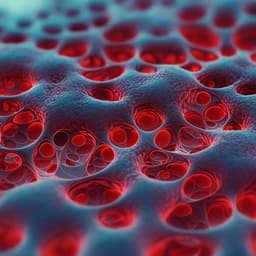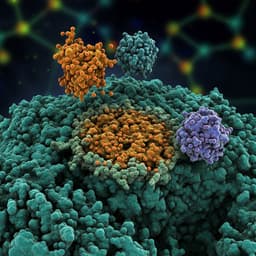
Chemistry
Diselenide crosslinks for enhanced and simplified oxidative protein folding
R. Mousa, T. Hidmi, et al.
Discover the groundbreaking research by Reem Mousa and colleagues from the Institute of Chemistry at The Hebrew University of Jerusalem, which explores the game-changing role of diselenide bridges in enhancing the oxidative folding of hirudin, a critical thrombin inhibitor. This innovative approach not only accelerates the folding process but also simplifies it, paving the way for more efficient production of disulfide-rich proteins.
Playback language: English
Related Publications
Explore these studies to deepen your understanding of the subject.







